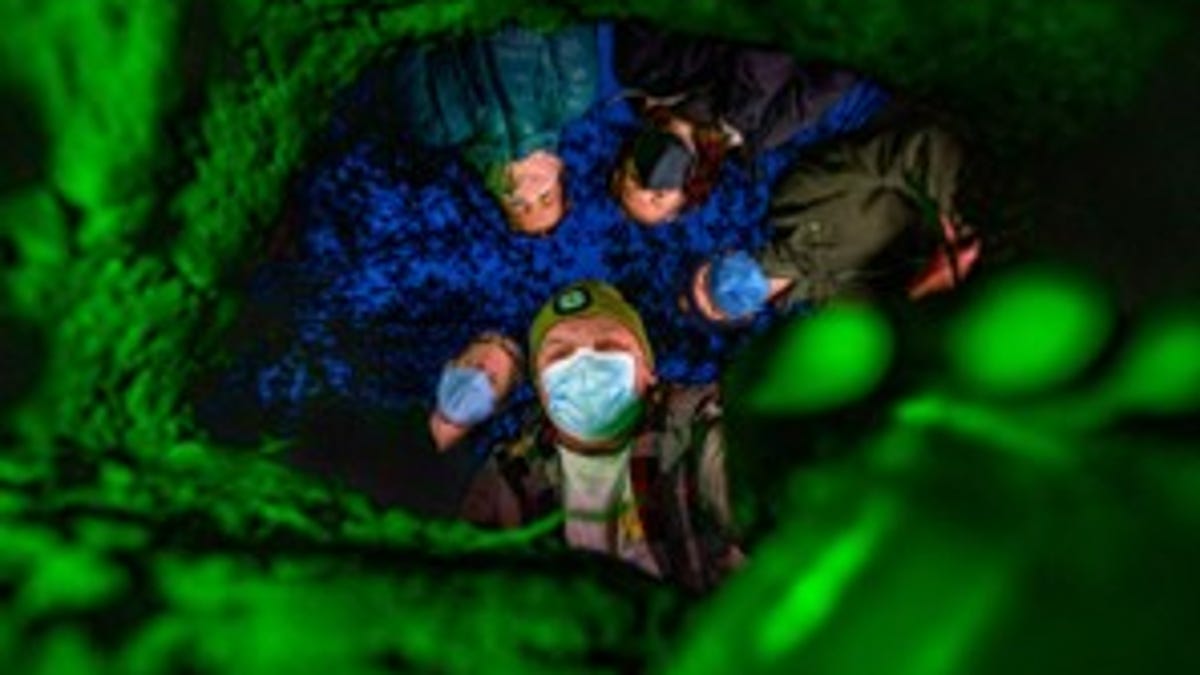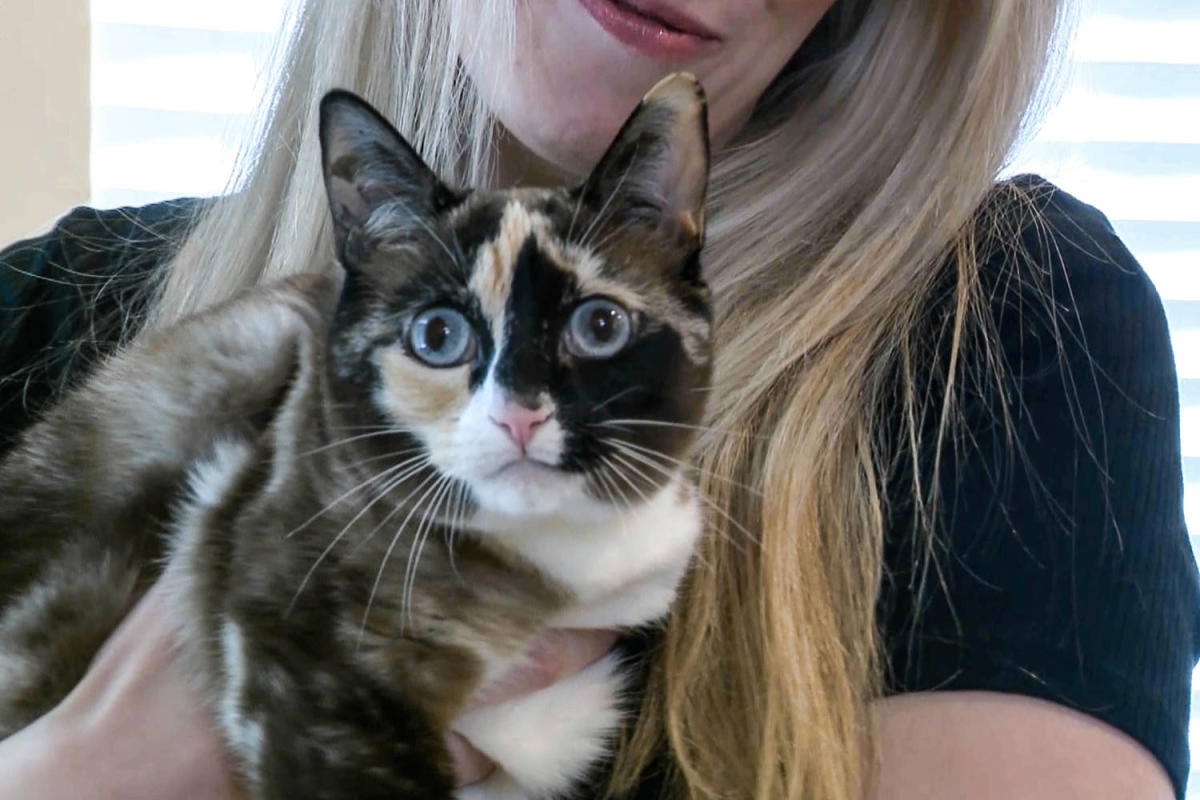In 1879, botanist William J. Beal filled 20 bottles with soil and seeds and buried them on what is now MSU’s campus grounds. In April 2021, the 16th bottle was unearthed, and its seeds were planted. Now, MSU scientists have discovered not all the seeds were quite what they seemed to be.
Despite being one of the oldest scientific experiments in the world, the Beal Seed Experiment continues to surprise researchers. More than two years after the latest dig, plant biologists used molecular genetic testing to find that one of the seeds was unknowingly a viable hybrid between two species — a discovery that would’ve shocked Beal, who buried the bottles decades before the world knew that DNA existed.
Beal intended his experiment to examine seed longevity, how long seeds can remain dormant within soil and still sprout when exposed to favorable conditions. While Beal’s original purpose still holds up, the experiment has become more relevant to ecology and evolutionary biology, particularly in conserving rare species as well as ecosystem restoration by preserving native species and ridding invasive species.
History of the Beal Seed Experiment
In 1879, Beal was a botany professor at Michigan Agricultural College, which later became Michigan State University. Per MSU’s land-grant agreement, Beal was on a mission to help farmers increase their crop production by eliminating weeds. In a time before herbicides and GMOs, Beal decided to conduct an experiment to investigate how long unwanted seeds can remain viable while buried deep within the soil.
Beal filled 20 narrow-necked glass bottles with sandy soil and 50 seeds from 23 common weed species. He buried the 20 bottles in a line, upside down and open to protect the seeds from water while allowing them to experience other natural conditions, like temperature and humidity. Then, he recorded their secret location on a map so that he could return every five years to unearth one bottle and test the seeds’ viability by attempting to grow them.
He continued the experiment this way until he retired in 1910 and decided to hand the top-secret experiment to another academic, MSU botany professor H.T. Darlington. In 1920, under Darlington’s control, he decided to extend the interval from five years to 10 years between digs to help prolong the study.
More: DTE, Consumers enjoy close relationship with panel that regulates them
Most seeds lost viability within the first 60 years of the experiment, but others like Verbascum blattaria — more commonly known as moth mullein –— consistently persisted. In the time that the experiment was traded off to three other scientists — G. P. Steinbauer in 1960 and Drs. A. Kivilaan and R.S. Bandurski from 1970 to 1980 — the seeds still persevered. In 1980, the scientists decided to prolong the study once more with 20-year intervals between digs, lengthening the eventual end date when all bottles have been unearthed to 2100.
By 2000, the experiment had fallen into the hands of MSU professor Jan Zeevaart and plant biologist and associate professor Frank Telewski. They repeated Beal’s experiment per usual: dig up the 121-year-old bottle, plant the seeds and see if they germinate. And germinate they did … except something didn’t look quite right.
Of the 1,150 seeds in the bottle, 25 seedlings of moth mullein germinated, but two of the plants looked a little odd to the scientists. They began to theorize that the plants were hybrids of two different species of mullein plants, but at the time, they didn’t have the technology to confirm or deny it.
The 2021 dig
In 2021, Telewski had become the leader of the experiment and recruited associate professor of plant biology David Lowry. Soon after, their team was joined by assistant professor Marjorie Weber, associate professor Lars Brudvig and molecular biologist Margaret Fleming.
The dig was supposed to have occurred in 2020 but due to complications from the coronavirus pandemic, the scientists chose to push the dig back a year to maintain the integrity of the experiment in being performed in a lab setting.
More: Warmer temperatures in Michigan mean perennial plants may survive winter, USDA map shows
Finally, the five scientists and a recent addition, evolutionary biologist Richard Lenski, set out to find Beal’s 16th bottle in April 2021. They worked in the middle of the night, under the shadow of darkness, as to prevent other bottles being prematurely exposed to light and to maintain the secrecy of the bottles’ location. After nearly two hours of complications with the map and digging, the team unearthed one of the 142-year-old bottles and took it back to their “growth chamber,” a climate-controlled laboratory on MSU’s campus.
The contents of the bottle were spread out on a tray of sterile potting soil, watered and left to grow. Seven days later and much to the pleasant surprise of the scientists, moth mullein sprouts poked their leaves through the soil once again.
Recent discovery
As the 20 viable plants continued to grow, one began to look slightly different from the others, just as the two did during the 2000 dig.
Fleming was already conducting a secondary experiment on the seeds that didn’t sprout to test their DNA and see just “how dead” they actually were, but using the same technology, they were able to sequence the plants’ genomic DNA to finally confirm their species.
They found that their thoughts in the 2000 dig had been right: each of the odd-looking plants was a hybrid between Verbascum blattaria, or moth mullein, and Verbascum thaspus also called “common mullein.” The team went further to test the two disparate plants that were saved from the 2000 dig and found that those two plants were the same Verbascum hybrids.
“In the 140-plus years since the experiment’s start, the question of seed bank longevity has gained new relevance, including for rare species conservation and ecosystem restoration; for example, prairie plantings on former farmland,” Brudvig said in a news release. “Our findings help to inform which plant species, like Verbascum, might be problematic weeds for a restoration project like this, and which other species may not, depending on how long a field was farmed before being restored.”
The report of their most recent findings with the hybrid seeds was published to the American Journal of Botany on Oct. 9, 2023.
Now, with just four bottles left of the experiment, who knows what new findings and additional discoveries Beal’s seeds will bring?
“The Beal experiment will ultimately end when we run out of bottles,” Lowry said in the press release. “If seeds germinate again from our next dig, we may need to consider extending the time between bottle extractions to every 30 years. It’s still a little early to put it on my calendar, but I am looking forward to seeing if we can wake up any more seeds in 2040.”

Dr. Sarah Adams is a scientist and science communicator who makes complex topics accessible to all. Her articles explore breakthroughs in various scientific disciplines, from space exploration to cutting-edge research.




.png)

